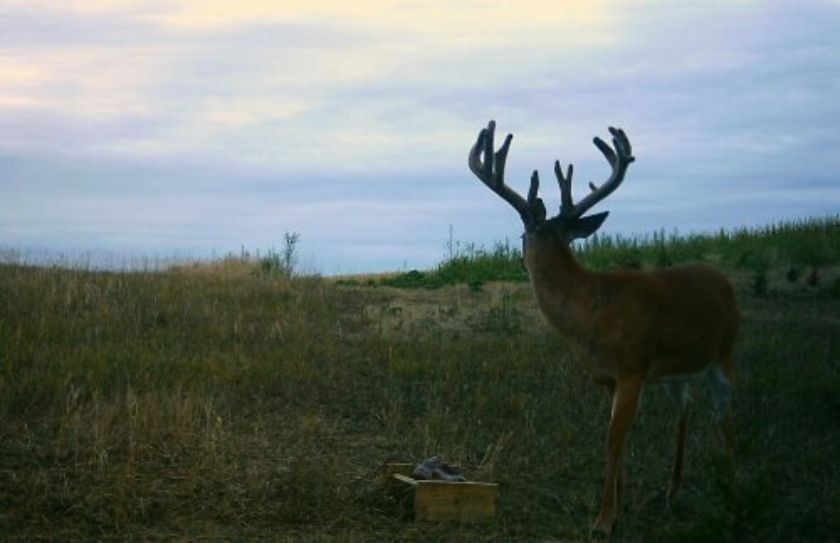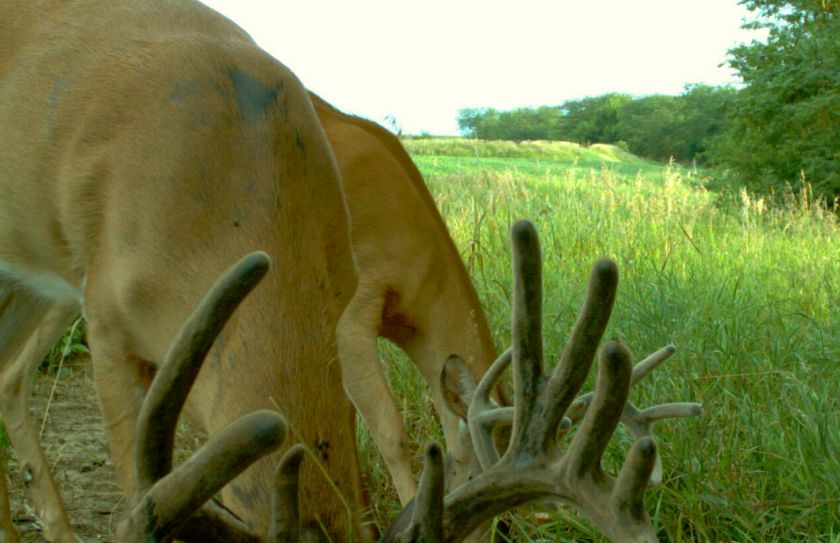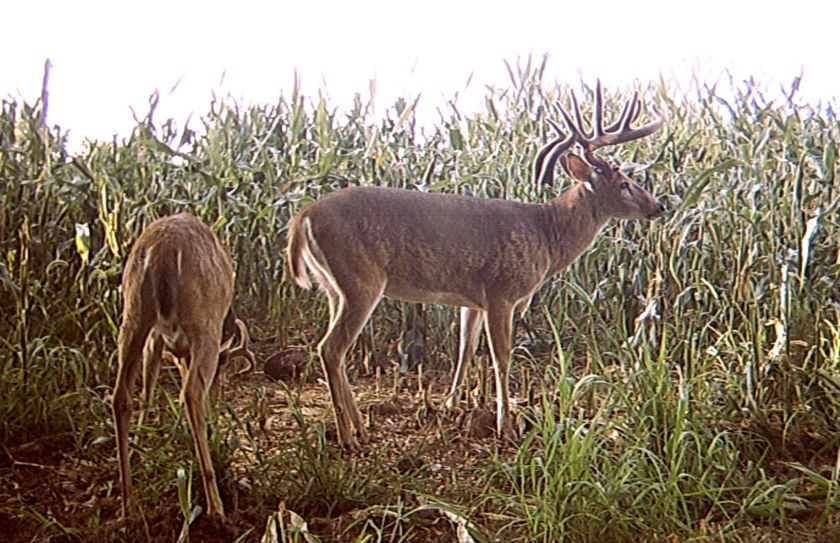By early September the Summer buck patterns your are currently observing will be, “Going, Going, GONE!”. Several years ago I coined the phrase of the The Annual Whitetail Shift. The phrase refers to the late Summer movement where does shift slightly to adjust to Fall cover and Fall food and bucks often take a major shift of a mile or more, to completely relocate. It happens consistently each year across the entire whitetail range to a very high degree, but why do Summer buck patterns change and how can you prepare?
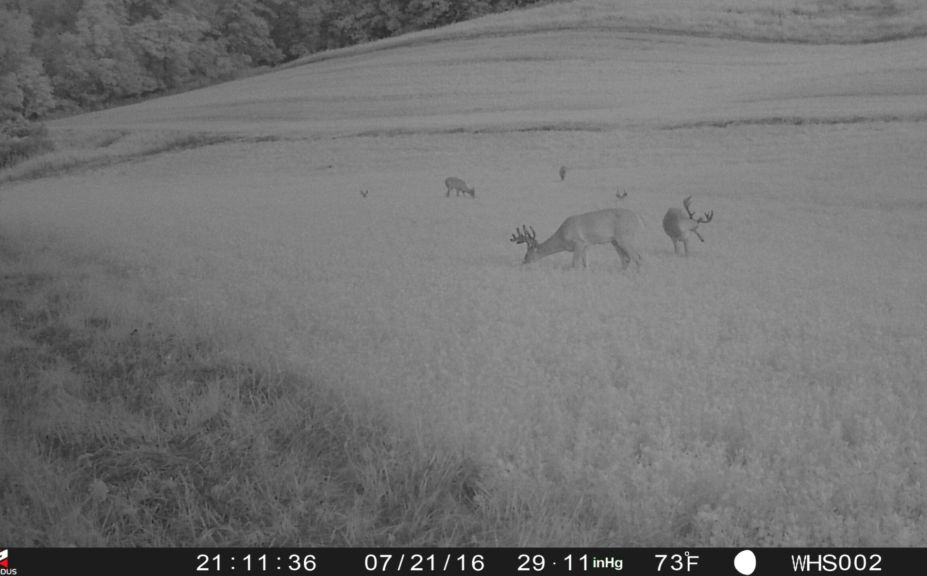
Food And Cover Patterns Rule The Season
Does require fairly thick, high stem count cover of weeds, grasses and early successional growth for adeqaute fawning cover. In fact, they become very territorial over that Summer cover. However, some of that same cover they use for the Summer, is actually quality Fall cover as well. Bucks on the otherhand -in particular giant, massive heavy antlered bucks- seek low stem count, heavily shaded, cool Summer cover.
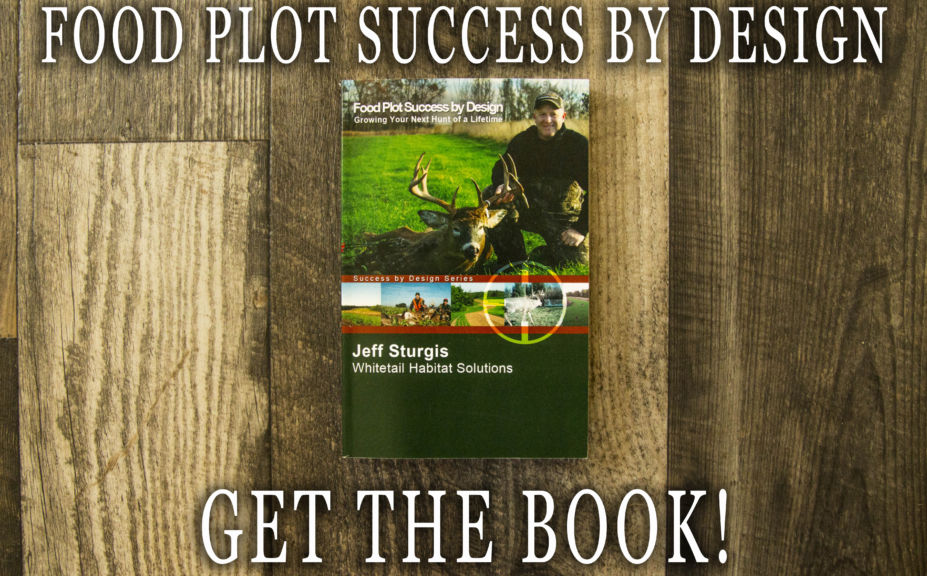
*Food Plot Success by Design is only 1 of my top selling whitetail strategy books. To find more about the collection, check out my Whitetail Success By Design Book Trilogy
Combined with warm season food sources of soybeans, alfalfa, various hardwood leaves and a variety of warm season native forages, traditional Summer buck patterns include incredible comfort and enough food to fatten their bulging bellies for Fall. But their is only one major problem! Late Summer food and cover sources are fading fast. About the same time beans are turning brown and the last cutting of hay takes place, hunters are preparing for the hunt and invading the open woodlots that bucks previously called home. Summer buck patterns begin to completely shift to their traditional Fall Haunts.
Summer Buck Patterns Shift
Once a buck’s antlers harden, he has no problem sliding into the thick, heavy stem count cover that he enjoys during the Fall and doe family groups actually enjoy all year long; but a buck has to know his place! Doe family groups are extremely territorial and are often extremely competitive when it comes to staking their place within the highest quality portions of the local habitat. A buck seeks what is left over and he often has to travel a mile or more before finding the ideal combination of doe-less Fall cover and Fall food. His lazy Summer patterns are gone for good and hunters are often left scratching their heads, wondering where their favorite Summer giant disappeared to. However, a perfect opportunity is created for the savvy whitetail hunter!
*The shift is real, it happens to a very high degree and even other outdoor writers have started to pick up on the annual late Summer buck pattern shift. If you haven’t already, you can find a lot more information about the annual whitetail shift by reading, The Shift of Whitetail Habitat is Starting Soon.
Finding Mature Buck Fall Patterns
He isn’t nocturnal, hidden or has mysteriously vanished. Instead, he has simply shifted to his favorite Fall hangout, and he should be easy to find! Your Fall scouting mission should begin with searching for the opposite of what a buck requires during the Summer months. During his Summer buck pattern he needs open cover, shaded habitat with low stem counts, so you should seek heavy stem counts, with thick, brush cover that still allows him to move fairly easily. The Summer bounty of soybeans and freshly cut alfalfa is incredible, but will be harvested and dead by the middle of the season. Cool season greens of rye, oats, brassicas, peas and even late planted soybeans can offer the perfect Fall food source, IF they are located adjacent to quality high stem count cover options that lack a significant doe family group presence. By Xing out known doe family group hangouts, harvested Summer food sources, established people areas and open mature hardwoods you typically will not be left with much. But what you will be left with, is where a mature buck will likely shift his daily patterns to.
Buck Pattern Opportunities
If you hunt on public land, then find it. If you own private land, create it. However, if you continue to hunt the familiar Summer buck patterns that you scouted during June, July and August, you may be left with an empty tag. Quality Fall habitat for mature bucks is severely lacking in most areas, so it is fairly easy to create it, attract the oldest bucks in the neighborhood to it and then experience harvest opportunities within it. Following the annual shift of whitetail patterns is one of the best ways to not only discover exactly what a giant old buck desires, but how to make sure you are within his Fall pattern and not his Summer pattern, during the hunting season.
